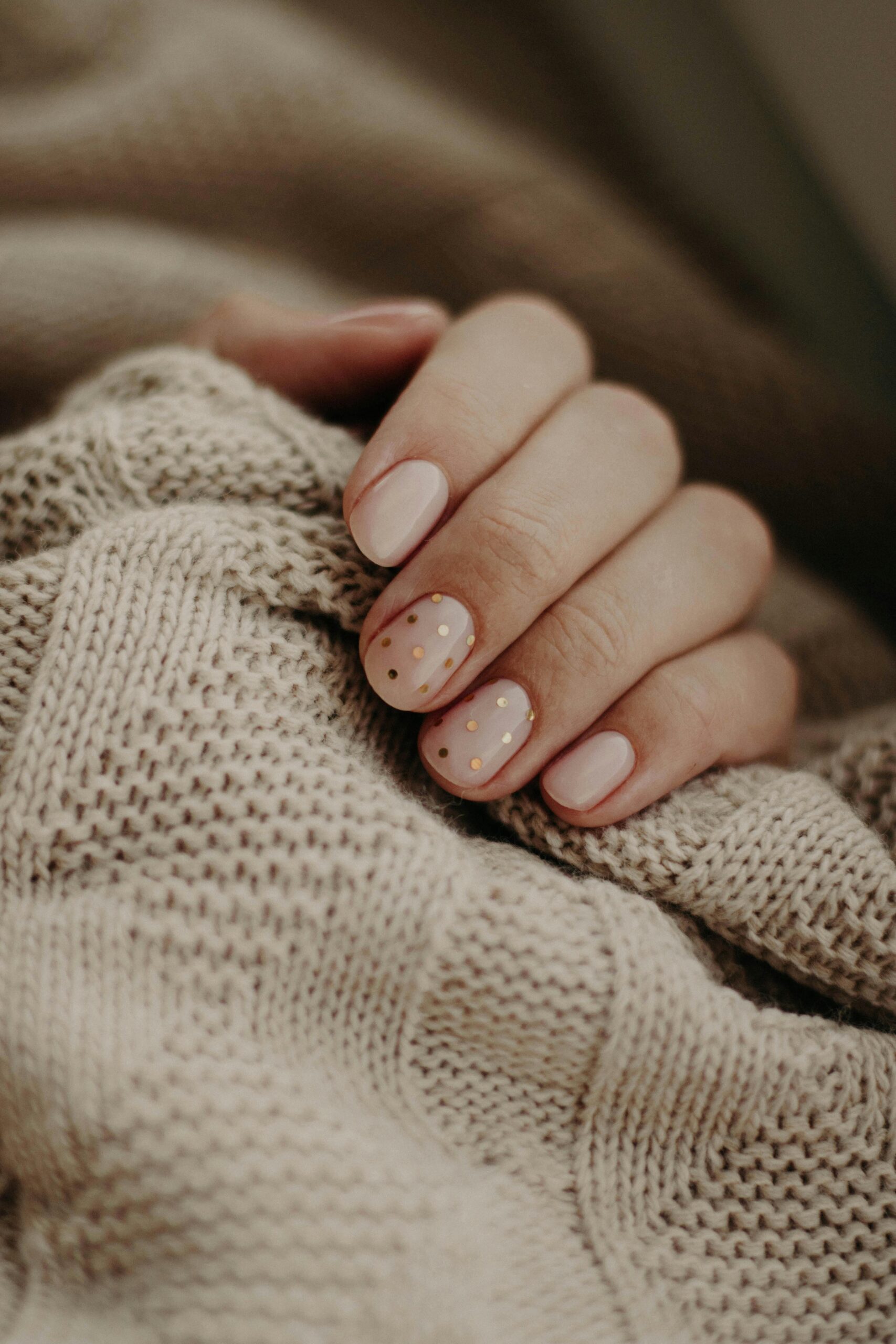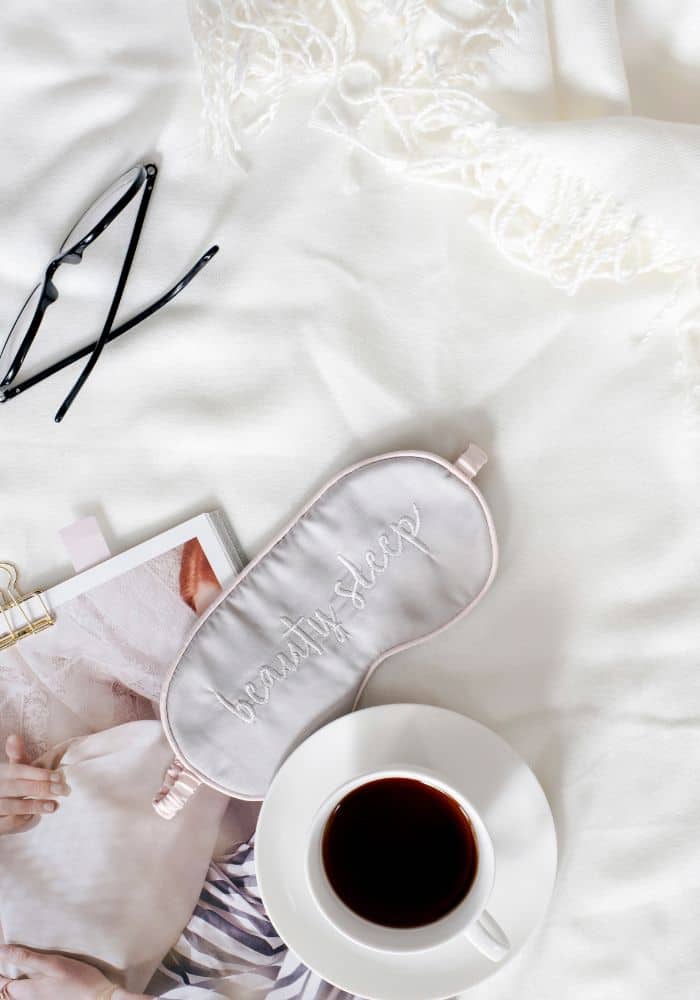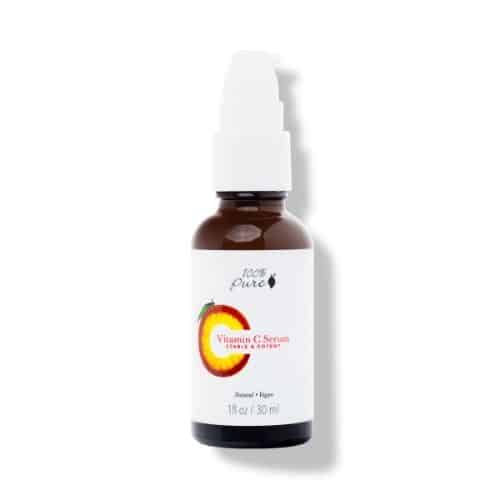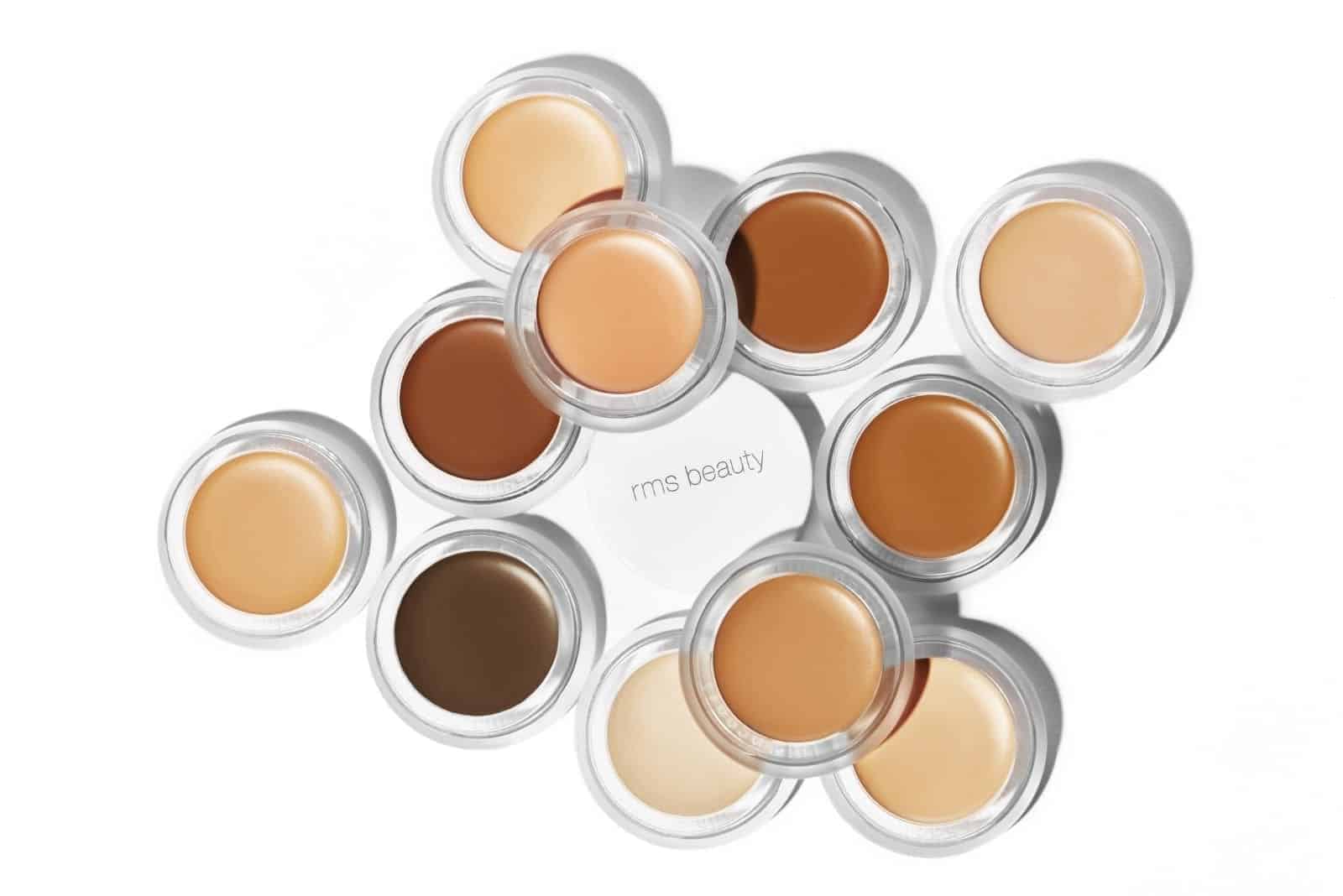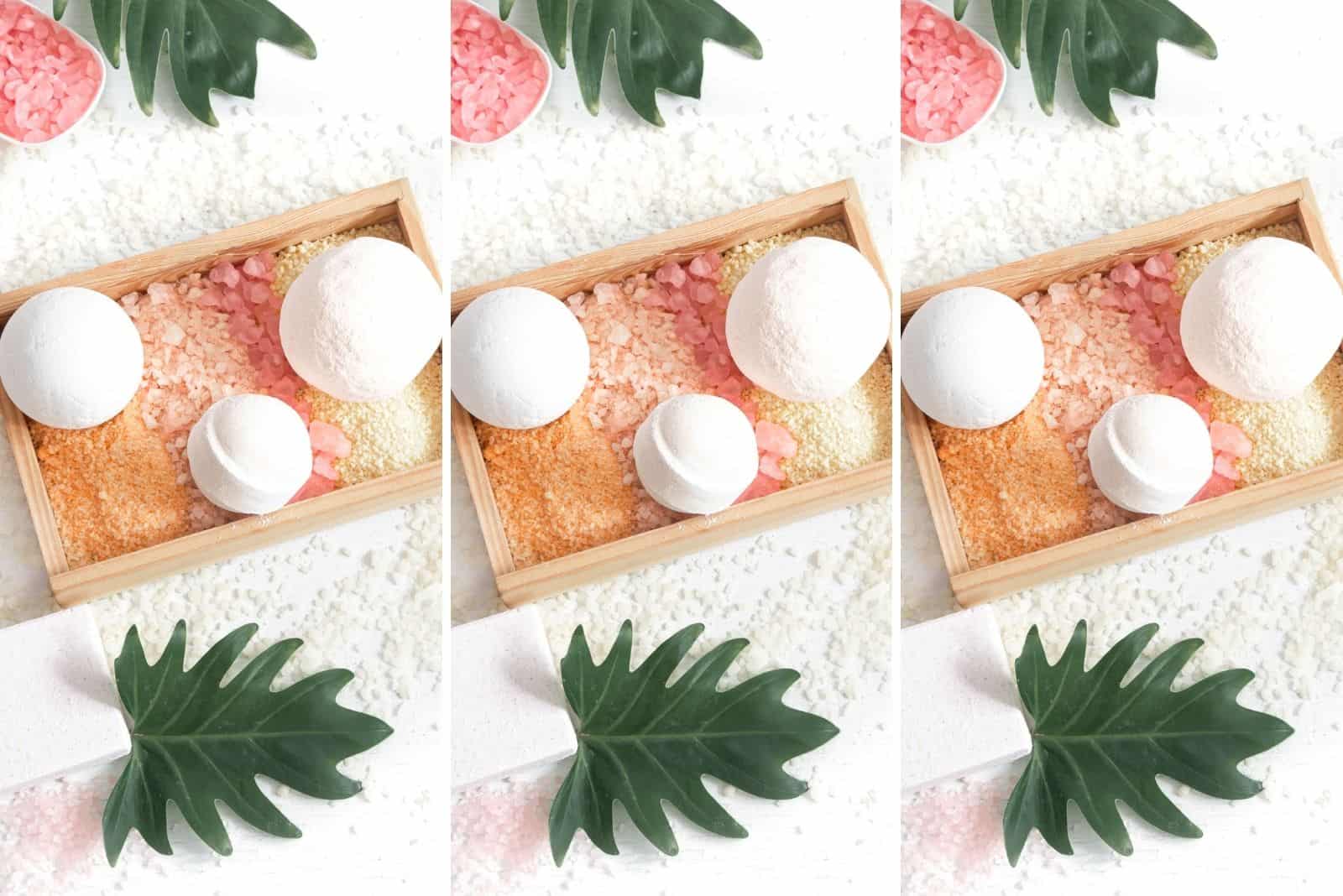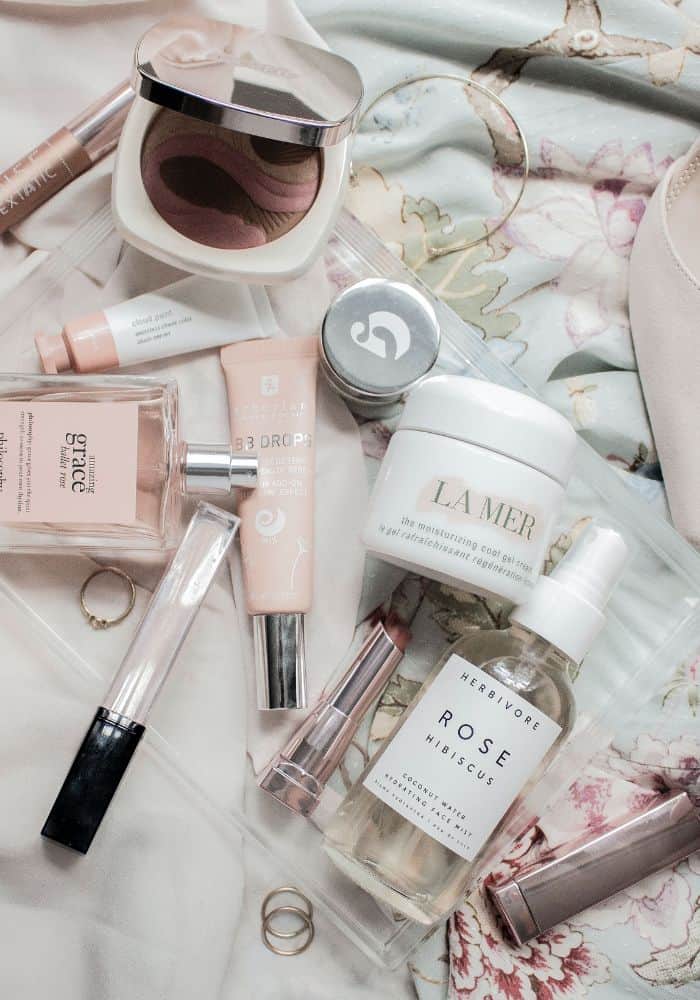Adjusting your hair care routine and products is critical in harsher seasons. Discover the winter hair care tips you need to simplify your routine. Winter can be one of the most challenging seasons for curly hair care. From the humidity in the air to the extra time it takes to dry your hair when the weather is colder, winter brings unique obstacles to hair care. Make the season easier with a winter-worthy hair care routine in place.
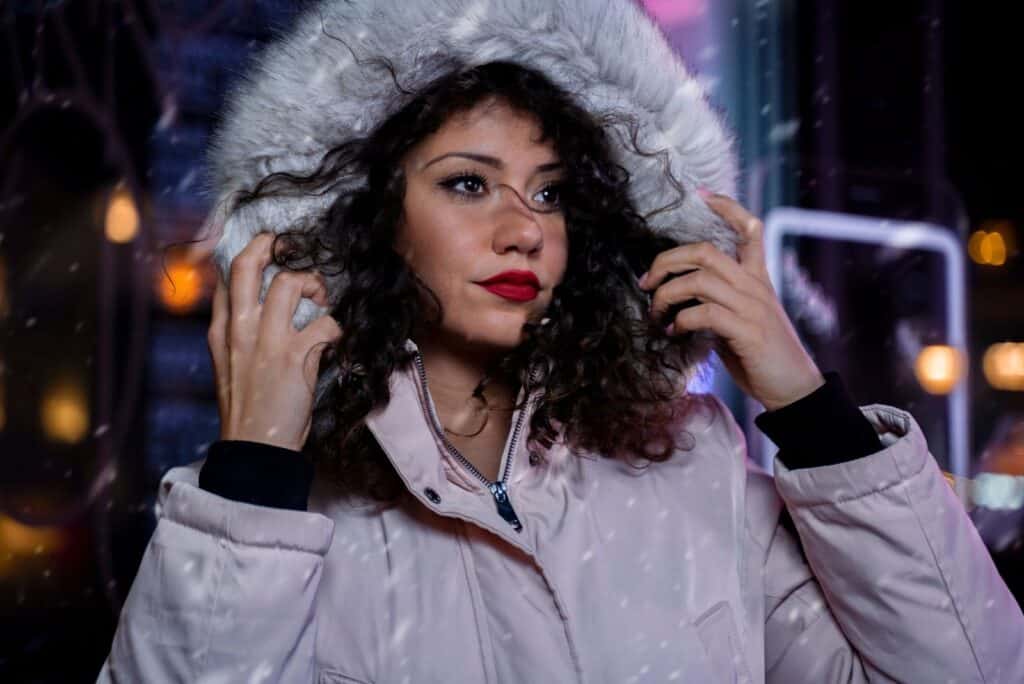
Winter Hair Care Tips for Healthy Curls
- Use twist outs to make updos easier (and prevent adding extra tension to your hair)
- Avoid a product-heavy routine that make your hair sticky in humidity
- Switch to a night-time hair care routine (to avoid wet curls in icy weather)
Twists & Protective Styles
Protective styles are perfect for colder weather if done correctly. If you do your hair too tightly you risk putting too much tension on your curls. Over a long period of time, this can disrupt your curl pattern. If you leave the style in your hair too long, or if you didn’t prep your hair properly, your hair can dry out.
Below are some tips for making the styling process easier without damaging your curls.
Why Up-Dos are Ideal For Cold Weather
Up-dos and protective styles such as braids, buns, and twists protect the hair from humidity and harsh conditions outside. Winter and summer, some of the harshest seasons of the year, are usually the best time to wear up-dos.
However, this can lead to an entire season of tension on the scalp (especially if you have very curly hair or struggle to tame frizz).
One way to reduce the tension is to use a loose protective style to elongate the curl pattern over night, then wear several different up-dos with your elongated curls. This makes it much easier to french braid your 3c hair or put it into a loose messy bun or low pony tail.
Instead of using a lot of product to brush back your hair or twisting your wash and go tightly into a bun on top of your head, you can work with looser curls and put less tension on your scalp. Loose twist-outs will elongate your curl pattern and make braiding and buns easier.
The trick to this is to prevent doing your twist-out or braid-out too tightly:
- Instead of pulling on the hair to make it smooth for twisting, brush through each individual section to reduce tangles
- Brush your hair from root to end with a Denman brush before twisting your hair
In the morning, you can apply oil to your fingertips and gently unravel the twists.
Use Up-Dos Protect Your Ends
One of the quickest ways to damage your hair is to expose it to harsh weather. If you live somewhere with blizzards, temperatures that drop below zero degrees farenheight, or extreme heat waves, use updos to protect your ends.
These are a few small changes you can make that will bring noticeable results.
For Extremely Cold Weather
If you live somewhere where most of winter is below zero degrees fareinheight and you deal with a weekly blizzard, make sure your hair is protected. Tuck your braids and buns into the hood of your coat so your hair isn’t covered in snow or dried out by an icy wind.
If you wear buns, pull the ends of your hair into your bun instead of letting the ends hang out. In cold weather they will likely become frizzy and you risk split ends if they become dry.
If you want to leave your twists in your hair for the day, make sure they are completely dry before you leave the house. Wear a hat or silk lined cap to prevent frizz and apply oil to the ends of your hair.
For Extremely hot Weather
If you live in a climate where 90-100 degree days are common in the summer, wear summer hats to protect your hair and prevent color changes if you recently dyed it.
Try a hair product with built-in SPF or UV protection. If you’re swimming, make sure to rinse your hair with water before getting into the pool or the ocean. This will saturate your hair with chlorine-free or salt-free water before you start swimming.
If you’re headed to the ocean, you can pack a deep conditioner with you and apply it to your hair while you let your SPF soak in. Just make sure to rinse your hair before applying it. That way, it acts as a pre-poo for your hair and your don’t need to spend the day with salt or chlorine in your curls.
Wash Your Hair at Night
Although washing your hair at night might seem like an inconvenience because you can’t let your hair air dry or you’re worried that putting your hair up will stretch out the curls you worked so hard do define, don’t worry.
You can wash your hair at night and have very defined curls. There are also some benefits to washing your hair at night that you likely won’t get from washing your hair in the day.
Hair With More Than One Curl Pattern
While curl patterns are a great guide for finding products that work for you, it’s common to have more than one curl pattern.
If your hair has more than one curl pattern, or if one section of your hair is very dry and has trouble curling you can apply more product to that section and let it absorb overnight.
You can also braid or twist the section of your hair that has trouble curling (especially if your hair is in transition– eventually these sections of your hair will heal, but this is a good option in the meantime).
Stretching Your Curls Without Losing Definition
If shrinkage concerns you, you can stretch out your curls overnight to elongate them. However, there are a few things you should know before you try this.
It’s best to separate your hair down the center (where the division naturally falls- you don’t want to use a comb to part it after styling your hair or you’ll risk frizz). After you part the hair, divide each half into two equal sections (four large sections overall), and twist them together. This style will prevent you from stretching your curls too much and waking up with stringy tresses.
You can also use a bun overnight, but you won’t get even results because when you put your hair into a bun, there is more tension on the hair line then on the crown of the head.
If you prefer buns to twists, loosly braid or twist the front sections of your hair to prevent excess tension on the scalp when you pull your hair into a bun.
**One word of caution with overnight styling: if you have very curly hair, I would be careful with wet plopping. I often find my hair doesn’t dry overnight if I wet plop because my hair is so thick. Sleeping with wet hair isn’t good the health of your hair and can lead to scalp issues or protein moisture imbalance.
Use the Cool Air Dryer Setting or Low Heat
If you’re worried about heat damage from blow drying your hair, you can use cool air or low heat settings. You can also place your hand behind your curls to ensure the air isn’t too hot for your skin or hair.
It will take longer to dry your hair this way, but you’ll be able to save time at night. Drying your hair is much better than walking into a blizzard with wet curls.
Silk and Satin For Curly Hair
Using a silk or satin pillow case will prevent frizz overnight and prevent your hair from losing moisture overnight.
For frizz-free curls try:
- Silk or satin-lined hats
- Silk or satin pillowcases
- Bonnets or wraps
Related Post: What No One Tells You About Natural Hair
Curly Hair Products
Finally, avoid heavy gels that don’t dry quickly. The humidity in the air can add moisture to the thick products in your curls and your hair can become sticky.
This is why you don’t want to use heavy gels before going to the beach or in the winter where there is a lot of moisture. In the summer this can also be an issue because the sun can melt the product in your hair.
While you might be thinking you’d never use that much product, it’s easy to do when you’re starting your natural hair journey and you’re not sure what your hair needs. Also, it’s common to see curly haired girls applying more product than neccessary.
If you apply more than your hair needs, the product sits on top of your hair and it gets washed down the drain on your next wash day. Less is more until you determine what your hair needs.
More Winter Hair Care Tips
Remember to tuck in your ends when you put your hair in a messy bun- leaving your ends out leaves them exposed and vulnerable to damage. Wear your har up in loose styles that don’t add tension to the crown of your head.
For more winter hair care tips, updates about new products subscribe to Just Clean Style. JCS is here to help you find brands that work for you and research ingredient standards to help you save time.
You'll Also Love
Credits
Legal
© 2021-2023 Just Clean Style
JCS is a participant in the LTK and Amazon Services LLC Associates Program, an affiliate advertising program designed to provide a means for sites to earn advertising fees by advertising and linking to Amazon.com or Like to Know It Affiliate Programs.
You deserve the best in beauty and business.
